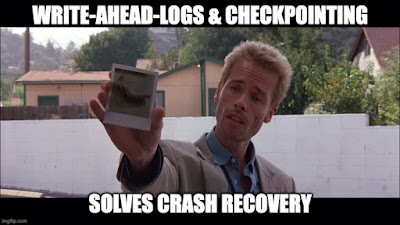Empowering Azure Storage with RDMA

This paper appeared in Usenix'23 last week. The paper presents the experience of deploying across datacenter (i.e., intra-region) Remote Direct Memory Access (RDMA) to support storage workloads in Azure. The paper reports that around 70% of traffic in Azure is RDMA and intra-region RDMA is supported in all Azure public regions. RDMA is a network technology that offloads the network stack to the network interface card (NIC) hardware. By allowing direct memory access from one computer to another without involving the OS or the CPU, RDMA helps achieve low latency, high throughput and near zero CPU overhead. This means that RDMA frees up CPU cores from processing networking packets, and allows Azure to sell these CPU cycles as customer virtual machines (VMs) or use for application processing. Although RDMA solutions have been around and being deployed at small scales for a decade now, the paper provides an experience report from a large production system, and talks about practical ch





